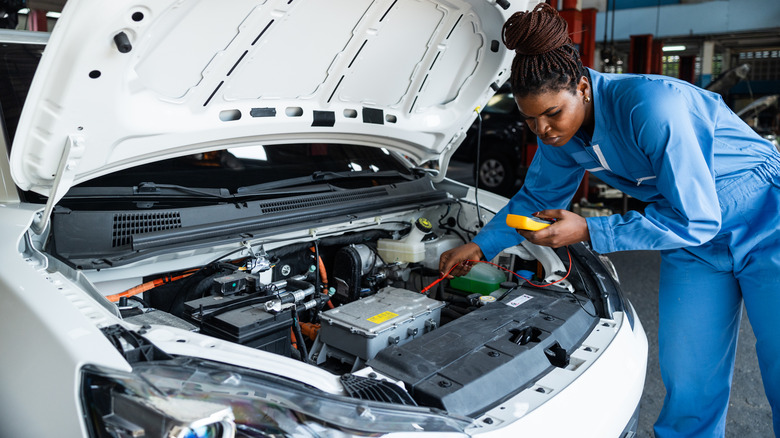Why Are Insurance Plans For Electric Vehicles More Expensive?
You might expect an EV will be cheaper to drive than a gas car. The running costs look great on paper since electricity tends to be cheaper than gasoline, and fewer parts need regular attention because you don't have to worry about things like oil changes. That part of the EV pitch holds up. The surprise usually comes later, when the first insurance quote lands and it is higher than what you were paying for a comparable gas car.
Insurance companies look at several things, including how much the car is worth and how painful potential repairs will be. Most EVs are more expensive than their gas counterparts, so the potential payout rises right away. Then there is the repair side. EV parts are still specialized, and the number of shops fully trained to handle them is not huge. When a fender bender involves high voltage lines, sensors, or the battery housing, the cost of getting everything back to factory standards goes up real quick.
Another piece of the puzzle is history. Insurers know what gas cars tend to cost them because they have decades of claim data to lean on. EVs simply have not been around long enough for that kind of certainty. When companies cannot confidently predict the risk, they protect themselves with higher pricing. So it isn't really personal or punitive, just a lack of information that gets priced into every car insurance policy.
Why EV repairs are more expensive
Electric cars are designed around a giant battery pack, and that one component changes how every collision gets handled. If a gas car gets crumpled at the front, a shop checks the body panels and suspension, then starts fixing things. With an EV, a bump in the wrong place might stress the battery housing. Technicians cannot ignore that possibility.
They have to run through an in-depth diagnostic process before moving forward. If those tests reveal any kind of risk inside the pack, replacing the whole system becomes a possibility. There is also more advanced tech packed into EVs, including hundreds of sensors that keep track of battery charge, autonomous driving systems, and regenerative braking, to name a few. A parking lot bump from another car might push one of those sensors out of alignment, and getting it fixed can take a long time.
Only certified technicians can do that work, and they remain in short supply. While you're waiting for the work to be completed, rental coverage can start to add up. Replacement parts are another factor driving expensive EV car insurance. Some automakers only allow approved centers to install important components, and in the case of Tesla, headlights can only be sourced from the manufacturer.
EV insurance won't stay expensive forever
Right now, the cost of EV repairs versus gas cars is expensive, partly because shops are still getting familiar with the work. Over time, this process should become routine, which will help drive those costs down. As for battery pack repair, newer generation designs allow technicians to reach individual sections, isolate the problem, and fix only what went wrong. This reduced time and cost should make a difference in what insurers expect to pay. And as more EVs are built, parts should become more readily available, further reducing repair and insurance costs.
Then there is the safety side of the equation. The best EVs on the market usually come with the latest in automatic braking, lane support, and semi-autonomous driving tech. All of which are designed to lower the number of serious crashes. Over time, insurers will likely start to trust those outcomes as they see the claims change. Ideally, the more familiar EVs become to buyers, technicians, and underwriters, the less insurance should ultimately cost.


